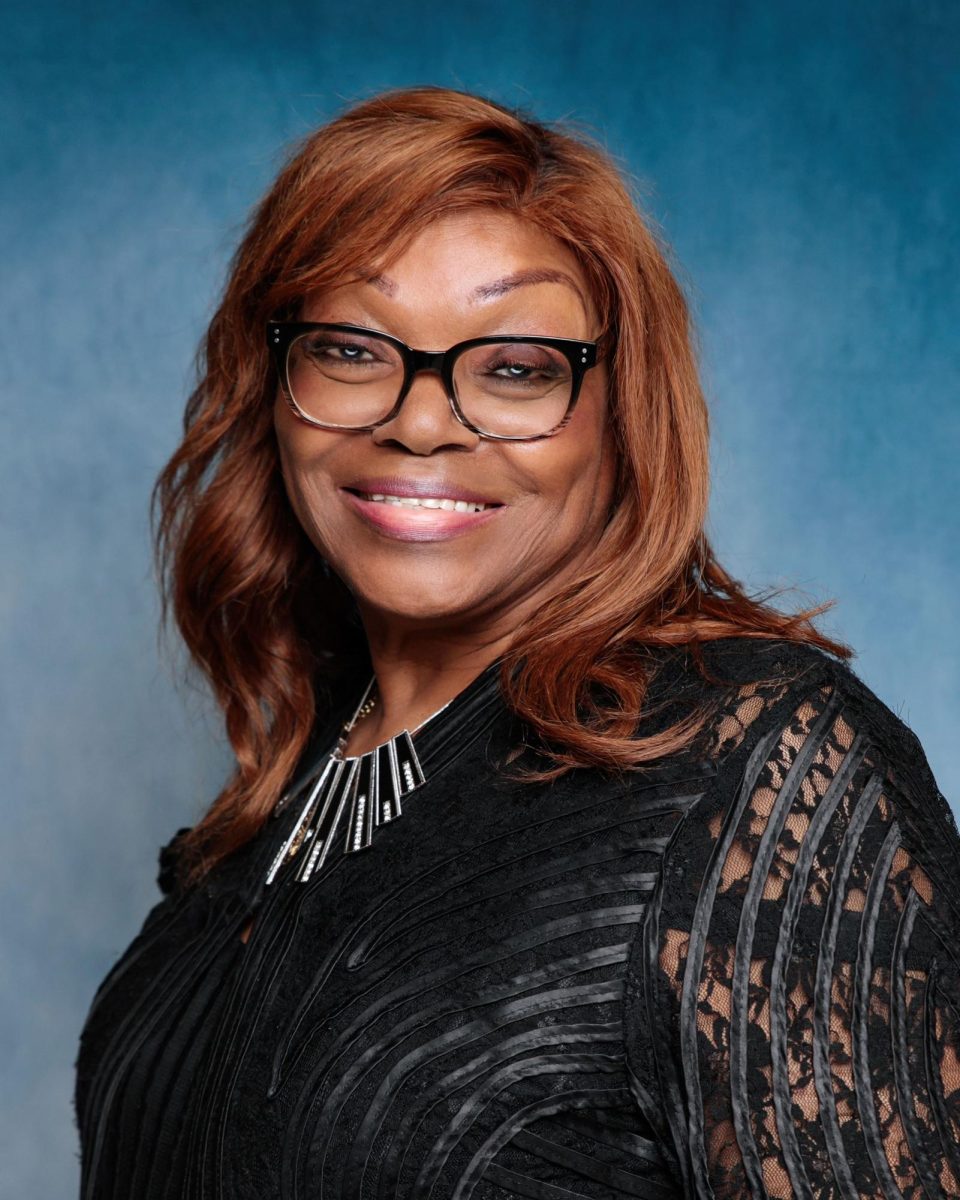Mizzou has a history of stalled race initiatives
November 16, 2015
No one would mistake 1960s-era Mizzou for the University of Missouri-Columbia of 2015. Black students are free to live where they please and use all of the facilities on campus, and they have access to the same resources as white students.
But the events of last week crystallized for many that at Mizzou, much like in America at large, the goal of true equality continues to be just out of reach.
Going back more than 50 years, the university has attempted on multiple occasions to confront the issues of diversity and race. On the issue of diversity, in particular, the results show the university hasn’t been very effective.
Advertisement
In the early 1980s, the U.S. Department of Education’s Office for Civil Rights threatened to strip Mizzou of federal funding if the university didn’t make a meaningful effort to desegregate.
By the middle of the decade, Mizzou managed only a 3.5 percent black undergraduate population. That number stands around 8 percent today in a state where 16 percent of public school children are African-American.
On the issue of race, a study of 10 schools including Mizzou found that as recently as 2005, 59 percent of minority students reported experiences of racial or ethnicity-based harassment, compared to 31 percent nationally.
“It told me that we have to do more work to, No. 1, help students of color feel safe at MU, and something to develop cross-cultural competency to make sure majority populations did not think treating people poorly based or race or ethnicity was OK,” said Pablo Mendoza, a member of the study group, who was director of MU’s multicultural center from 1998 to 2013.
The work Mendoza talks about will partly fall on the shoulders of Michael Middleton, the University of Missouri System’s newly named interim president, who took over last week following the resignation of Timothy M. Wolfe. Wolfe became the focus of intense student anger over his perceived lack of action in responding to a number of racist incidents at Mizzou, the university system’s flagship campus.
Students were particularly incensed over comments he made outside of a Kansas City fundraiser Nov. 6 that were construed as Wolfe suggesting oppression existed only in the minds of black students.
In picking Middleton, the university system’s Board of Curators selected a Mizzou alumnus who was at the forefront in confronting racist attitudes while at school in the 1960s. Middleton was one of the founders of the Legion of Black Collegians, a student activist group that in 1969 presented university leaders a list of demands surrounding a number of issues, including a sustained effort to increase diversity among students and faculty.
Advertisement*
In the late 1980s, 20 years after those demands were first laid out, the Office for Civil Rights made the same demands.
K.C. Morrison was hired by Mizzou in 1989 as the vice provost for minority affairs and faculty development.
“When I arrived, we had 91 African-American undergrads,” Morrison said. “It was a crisis.”
What followed was a massive outreach effort led by Morrison and Chancellor Charles A. Kiesler. The two ramped up recruiting efforts, crisscrossing the state, visiting predominantly black neighborhoods and high schools.
All the way, they fought the perception among black high schoolers and school counselors that Mizzou was not a welcoming place for black students. Just as racist taunts were reportedly hurled toward student body President Payton Head and today’s members of the Legion of Black Collegians this fall, alumni from the 1980s say the same was true back then.
It was a time when black students were shut out of the fraternity and sorority system, and physical confrontations over race erupted periodically between black and white students.
“The range of inappropriate behavior based on race was the norm,” Morrison said. “Missouri wasn’t an outlier, though. It was part of the history of racism and its residual effects.”
While Morrison and Kiesler pushed for a sustained campaign to increase diversity, their efforts stalled when Kiesler was fired in 1996.
“There has never really been a continuous fundamental commitment to diversity at the university,” Morrison said. “What you have are these ebbs and flows where things get done, and then the university backtracks. When Chancellor Kiesler was fired, we had one of those ebbs. And it wasn’t lost on the African-American community that someone so responsive to them was let go.”
Years later, the university tried again to aggressively address racial issues.
In 2002, Robin Hubbard was a graduate student sitting on a task force working on solutions to the campus’ race problems. A recommendation that undergraduates would be required to take a diversity course was “turned down flat,” she said.
The plan was later put back on the table after further complaints of racism, but for some black students, who say the campus fundamentally lacks an appreciation for people of color, it was too little too late.
For many of Mizzou’s black alumni, there’s a complicated mix of pride and pain. Take Byron Marshall, who attended Mizzou from 1980 to 1984.
“I enjoyed my Mizzou,” he said. “I feel like I need to say that. I wear that black and gold. I am very proud of my experiences there.”
But when he was a student there, if a professor mentioned something relevant to African-Americans, all eyes would be on him, he said.
“And I would say, ‘How do I know? I don’t speak for all African-Americans, just like you don’t speak for all whites.'”
At football games, he had a job carrying trays of soda cups.
“I heard a lot of stuff,” he said. “Then you look out on the field and most of the players are black, and yet I’m a student just like they are, and I’m hearing comments. The N-word was prevalent.”
After years of stops and starts, Mizzou has another initiative in progress meant to address race and diversity.
The Faculty Council Committee on Race Relations started its work in May. The 12 members — one staffer, two students and nine faculty — includes Middleton, the interim president.
The group has been working on having the uncomfortable conversations on race related to each other’s experiences. Mathematics professor Stephen Montgomery-Smith, who identifies himself as a white, conservative Christian, said he didn’t fully understand racism before joining the group.
“I couldn’t see the oppression,” he said. “I couldn’t see that it was real until I sat on the committee and starting talking to my African-American friends.”
The hope is that group members can translate the understanding gleaned from within the group to increasingly larger groups on campus, said chairman Berkley Hudson, an associate professor of journalism. Hudson, who is white, said a big problem is what he calls “intolerance for intolerance.”
“When people talk about racism, other people say, ‘Oh, you’re just being sensitive.’ Generally speaking, people who say that tend to have the same skin color as mine,” he said. “We’re going to have a conversation on race whether we want to or not,” he added. “It’s going to be patience and empathy or we’re going to have buildings burn up and people shouting epithets at one another.”
Jonathan Butler, the Mizzou graduate student who embarked on a weeklong hunger strike to put pressure on Wolfe to step down, is also a part of the group.
“We’ve had lots of words, but we need action,” he said. “You can create diversity offices and programs, but history shows they lose authority over time and they phase out after a year or two.
“Money talks; actions speak louder than words. What we need is a commitment for five, 10, 15 years to put in motion outreach programs, and recruiting and retention programs,” Butler said. “If the university is serious, they would allocate the money to do what we really need to do.”
Jessica Bock, Walker Moskop and Elisa Crouch of the Post-Dispatch contributed to this report. They and Jeremy Kohler reported from St. Louis. Koran Addo can be reached at 314-340-8305, @KoranAddo on Twitter or [email protected].
(c) 2015 the St. Louis Post-Dispatch. Visit the St. Louis Post-Dispatch at www.stltoday.com. Distributed by Tribune Content Agency, LLC.
Advertisement








